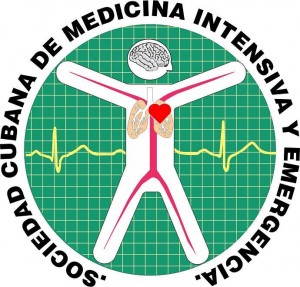Introducción: La desnutrición en el niño asociada a la enfermedad grave genera un estado complicado que potencializa el riesgo de muerte.
Objetivo: Conocer la relación entre la mortalidad y las variables clínico-epidemiológicas de desnutrición aguda.
Método: Estudio prospectivo y longitudinal de serie de casos en niños ingresados en cuidados intensivos portadores de desnutrición aguda, durante el período de1994 a 2010, donde el Hospital Pediátrico Docente Dr. Ángel Arturo Aballí fue el centro rector de la investigación. Fueron evaluados 378 casos que cumplieron con los criterios de inclusión.
Resultados: El por ciento mayor de fallecidos fue encontrado en los pacientes con tres o más meses de edad (16,7 %), del sexo femenino (16,1 %), con lactancia materna no adecuada (17,7 %) y con peso al nacer inferior a 2500 gramos (19,2 %) , en ninguno de los casos con significación estadística. Los motivos de ingreso con mayor mortalidad fueron las infecciones digestivas (6,7 %), respiratorias (16,3 %) y la sepsis (31 %), esta última tuvo la más elevada significación estadística (p= 0,000). La procedencia de salas de hospitalización presentó el 18,1 % de óbitos sin significación en relación con los que fueron admitidos desde el cuerpo de guardia. En la estadía superior a siete tuvo un 21,3 % de fallecidos con significación estadística (p=0,002).
Conclusiones: La sepsis como motivo de ingreso y la estancia superior a siete días en cuidados intensivos estuvieron asociadas significativamente con la mortalidad.
Abstract
Introduction: Denutrition in children associated to serious illness generates a complicate state that increases the risk of death.
Objective: To know the relationship between mortality and the clinic epidemiology variables of acute denutrition.
Method: Longitudinal and prospective trial of series of cases in children admitted in intensive care unit with acute denutrition during the period of time from 1994 to 2010 where the Pediatric Teaching Hospital Dr. Angel Arturo Aballí was the main center of the investigation. 378 cases which fulfilled the inclusion criteria were evaluated.
Results: Patients of three months of age or more (16,7%), female sex (16,1%), without adequate maternal lactating (17,7%) and weight to born below to 2500 grammes (19,2%) were found as the major percent of death, without statistic signification. Digestive (6,7%) and respiratory (16,3%) infections, as well as sepsis, were the motives of admission with higher mortality. Sepsis had the highest statistic signification (p=0,000). The admission of hospitalization hall had 18,1% of death without signification comparative with who were admitted from emergency room. The stay of more than seven days had 21,3% of death with signification statistic (p=0,002).
Conclusions: Both, sepsis as motive of admission and the stay in intensive care for more than seven days were significantly associated with mortality.





 Sociedad Cubana de Medicina Intensiva y Emergencias (SOCUMIE
Sociedad Cubana de Medicina Intensiva y Emergencias (SOCUMIE  La revista está: Certificada por el CITMA
La revista está: Certificada por el CITMA La revista es de acceso abierto y gratuito.
La revista es de acceso abierto y gratuito.